My Debt to Colonial Williamsburg
Most of my Lazare Family Saga series takes place in the 19th century, so you might think visits to an 18th-century living history museum wouldn’t be terribly useful to my research. In fact, Colonial Williamsburg in Virginia was one of the richest sources for my fiction set mostly in 19th-century South Carolina. Here’s how!
After I moved to Virginia in 2004, I visited Colonial Williamsburg as often as I could and absorbed its historical delights like a sponge. This is how I read nonfiction as well; I rarely know which details will be useful, even crucial, in my historical fiction, so I devour them all. Finally, I had to cut myself off from travelling, finish writing my Lazare Family Saga, and publish it. Then COVID hit. It’s been six years since I last visited Colonial Williamsburg.
I remedied that in December 2022. Before, I’d always stayed “on the cheap.” For the first time, I was able to rent one of the Historic Area’s Colonial Houses: a restored 18th-century kitchen with a working fireplace and a canopy bed. I’d never slept in one before, and I loved its coziness.

My visit reminded me of all the reasons I love Colonial Williamsburg. To me, its two greatest aspects are ones I hope I’ve recreated in my historical fiction: Colonial Williamsburg awes me with both its scale and its depth. The Historic Area isn’t just a handful of restored or reconstructed 18th-century buildings. It’s the largest living history museum in the world: 301 acres and 604 buildings—truly an epic recreation of the past. The people who interpret these spaces often spend decades researching their characters and unearthing forgotten details from primary sources. In the Historic Trades, master craftsmen must apprentice for seven years just as they did in the 18th century.
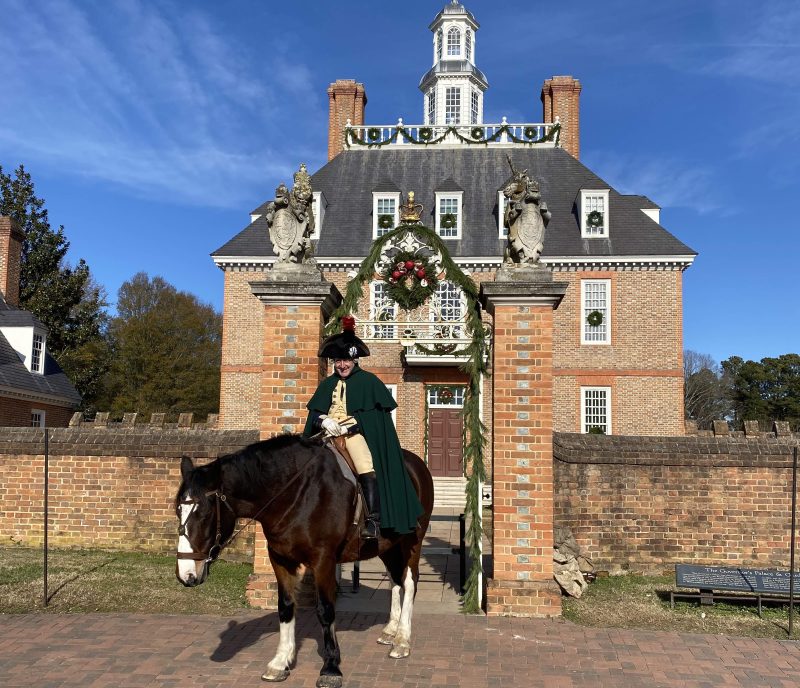
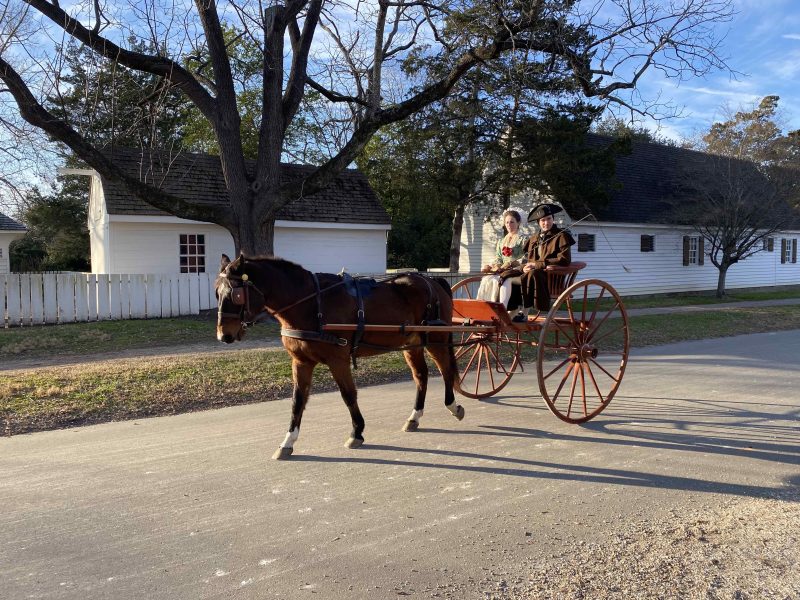
These interpreters’ dedication inspires me as a writer. Colonial Williamsburg was the foil that allowed me to see and correct the gaps in my 19th-century knowledge. Because CW interpreters know daily 18th-century life so thoroughly, they challenged me to think about my characters’ primary century in new ways.
My Lazare Family Saga does begin in the 18th century, albeit in the last decade and in the Caribbean, not in Virginia. Nevertheless, when Marguerite dons a detached pocket (Necessary Sins, Chapter 4), this comes straight from my visit to the milliner’s shop in Colonial Williamsburg. The wigmaker helped me understand that curious fashion. Cooking over an open fire didn’t change much from the 1700s to the 1800s. Nor did blacksmithing.
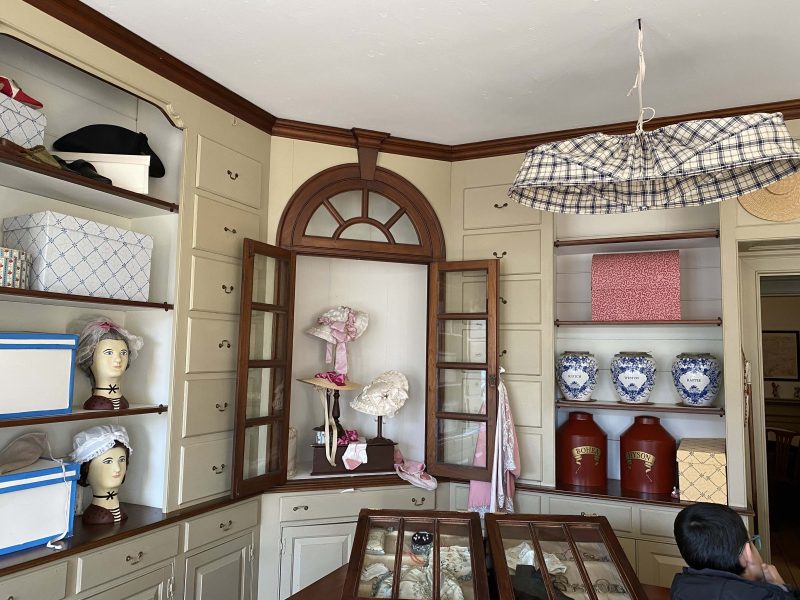
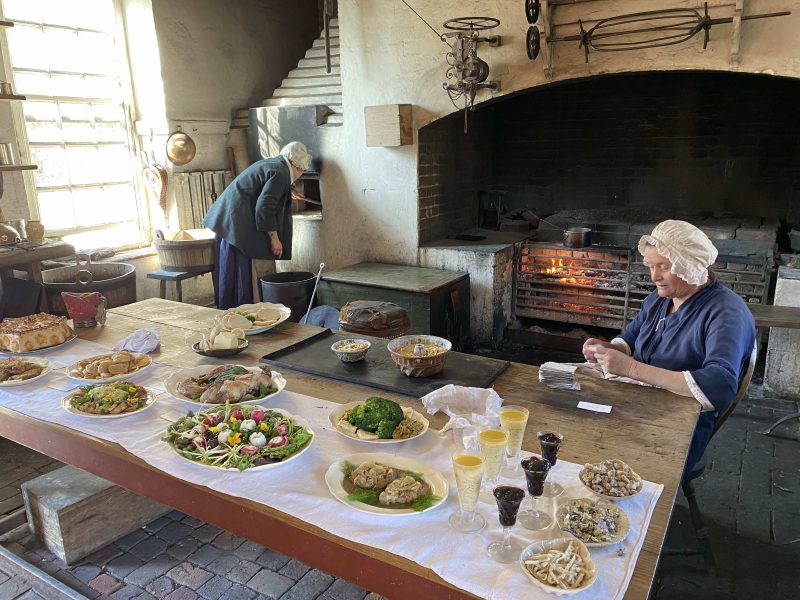
Happily, many of the objects displayed in the Art Museums of Colonial Williamsburg are from the 19th century. I studied several examples of men’s neckwear to describe Joseph’s (Necessary Sins, Chapter 21). Tessa’s brown cloak with white lining in Chapter 29 was based on a cloak I saw in the CW Museums as well.
I researched The Lazare Family Saga for so many years and visited Colonial Williamsburg so many times, I can’t always parse chicken from egg: Did I read about Noah’s Ark toys (Lost Saints, Chapter 11) in a book before I saw a complete set in the CW Museums? I think I researched 19th-century couches online and chose the perfect shape for Tessa’s méridienne before I spotted one on display in the Museums—but having that real-life example helped tremendously and directly inspired the tasselled pillow I mention in Lost Saints, Chapter 8.
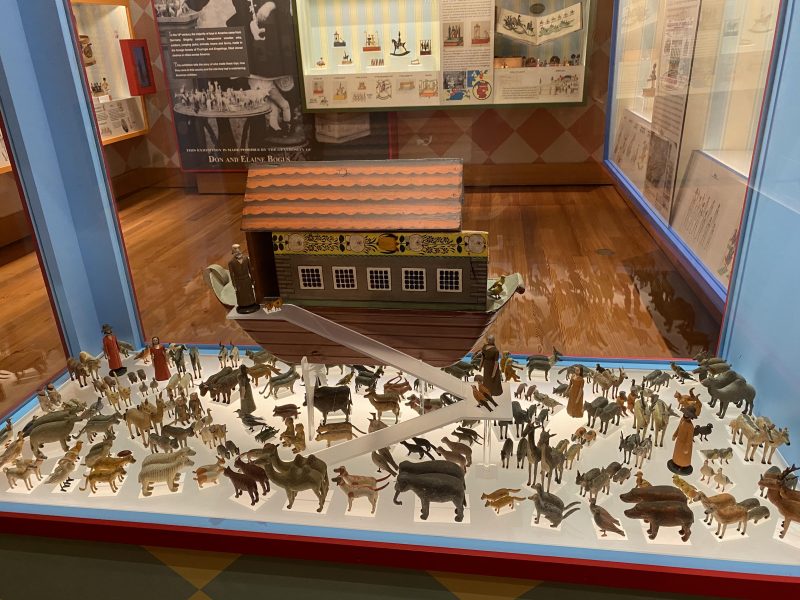
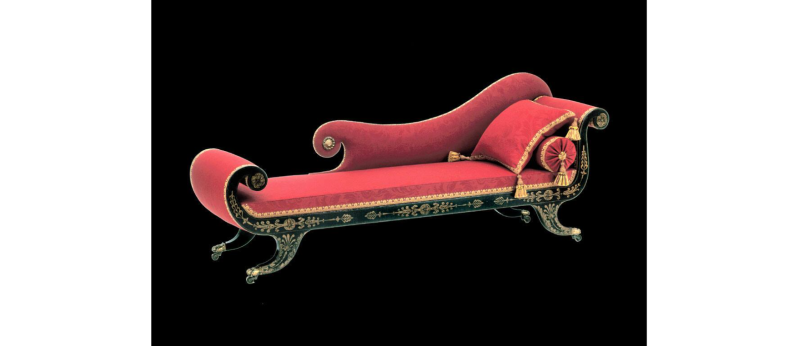
https://emuseum.history.org/objects/68744/couch#
On my tour of the Randolph property, I learned about an enslaved maid named Eve, inspiring me to give René’s mother the French version, Ève, for her slave name (Necessary Sins, Chapter 1). The real-life Eve escaped slavery as well. Tragically, she was recaptured and sold to the West Indies as punishment.
On a visit to CW’s Great Hopes Plantation (sadly this site seems to be closed now), I saw a modern blacksmith’s recreation of a slave collar. I combined this atrocious design with a slave collar I’d seen in a Louisiana museum in order to describe such a collar in Chapter 9 of Necessary Sins. In Chapter 40 of Native Stranger, Cromwell mocks Easter for eating too many ginger cakes. Every time I visit CW, I do exactly this.

In Chapter 6 of Necessary Sins, the racist Marguerite commands her grandson Joseph: “Don’t you ever trust a negro with your shaving razor!” This remark was inspired by a walking tour of Colonial Williamsburg that discussed the enslaved population. Our guide gave personal grooming, including shaving razors, as an example of how intimately the lives of enslavers and enslaved intertwined.
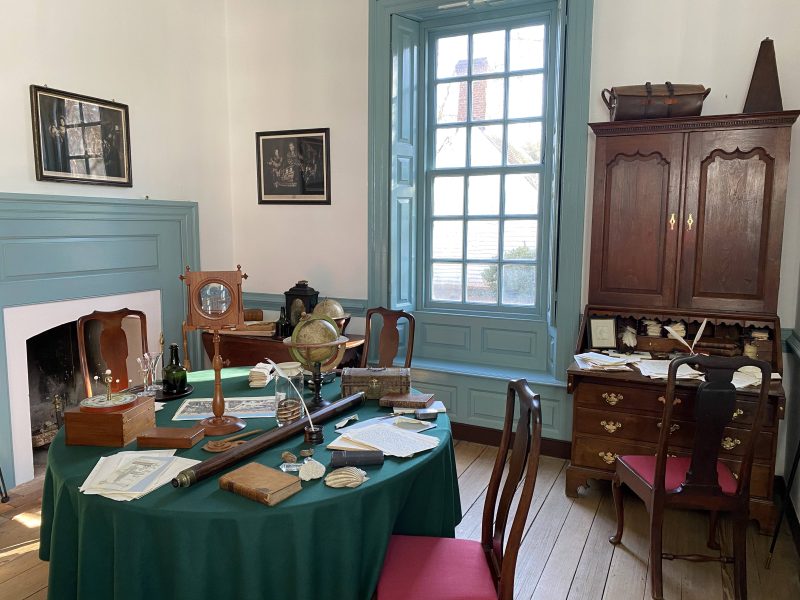

The most iconic tree of the antebellum American South is the live oak (Quercus virginiana). These don’t grow in Northern Virginia where I live; but they do grow in Williamsburg! The Colonial Garden may be the first place I saw pomegranate blossoms. I know it’s where I learned about cold frames (Necessary Sins, Chapter 17). What might a man of science have in his office? How do flintlock firearms work? How does one climb into a carriage? CW answered these questions among countless others.
Colonial Williamsburg is truly hands-on history, and these are some of the ways it’s had a profound impact on my historical fiction. I can hardly wait to return.

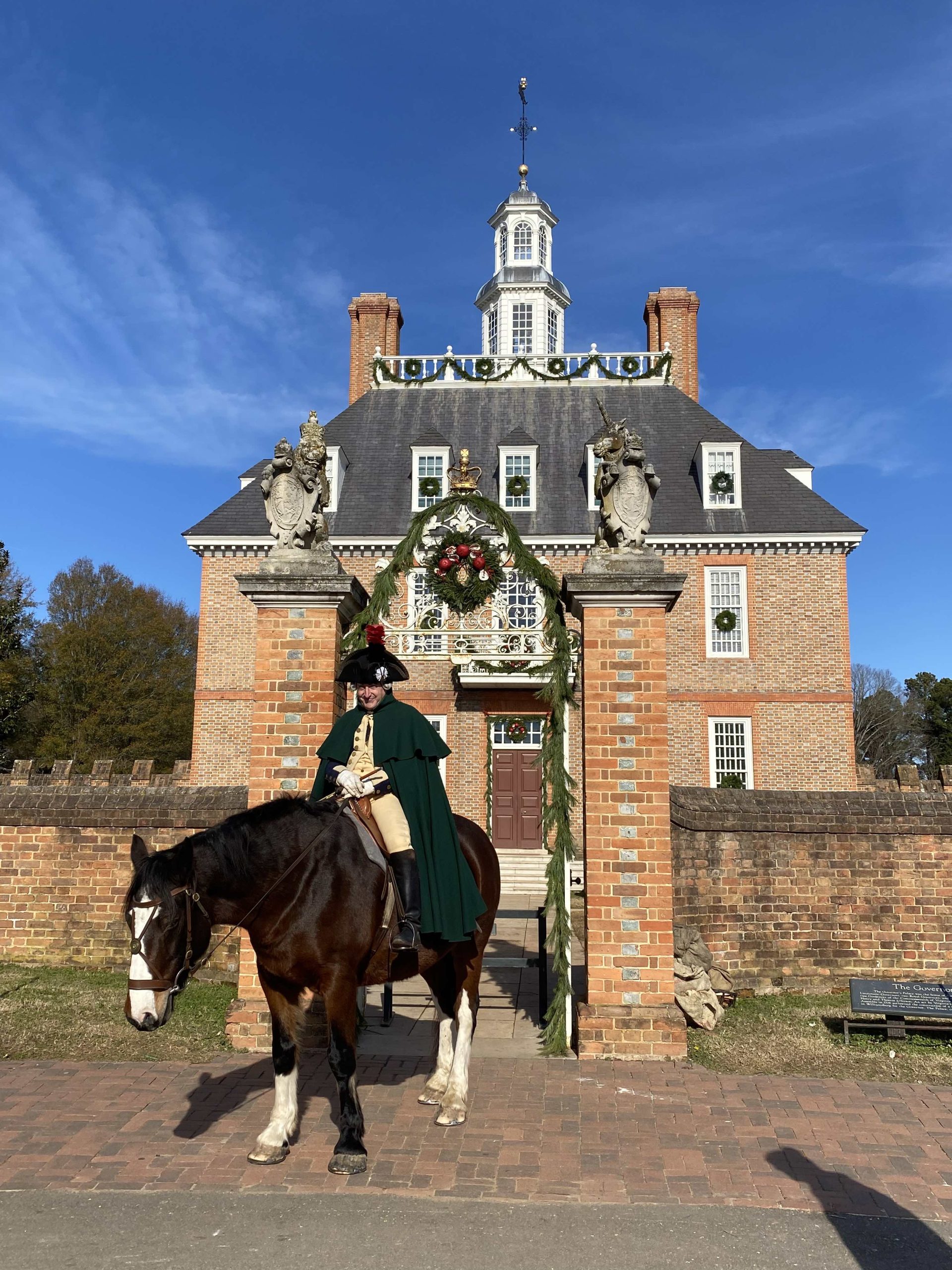
Thank you for sharing such a personal and reflective post about your debt to Colonial Williamsburg. Your deep connection to the historical significance of the site, and the impact it has had on your writing, is beautifully expressed. I especially appreciate the way you blend personal experience with historical reflection, offering readers both insight into your creative process and a richer understanding of Williamsburg’s influence on your work. This post is a wonderful tribute to both history and storytelling, and I look forward to seeing how these reflections continue to shape your writing.
Thank you, Zenkie!